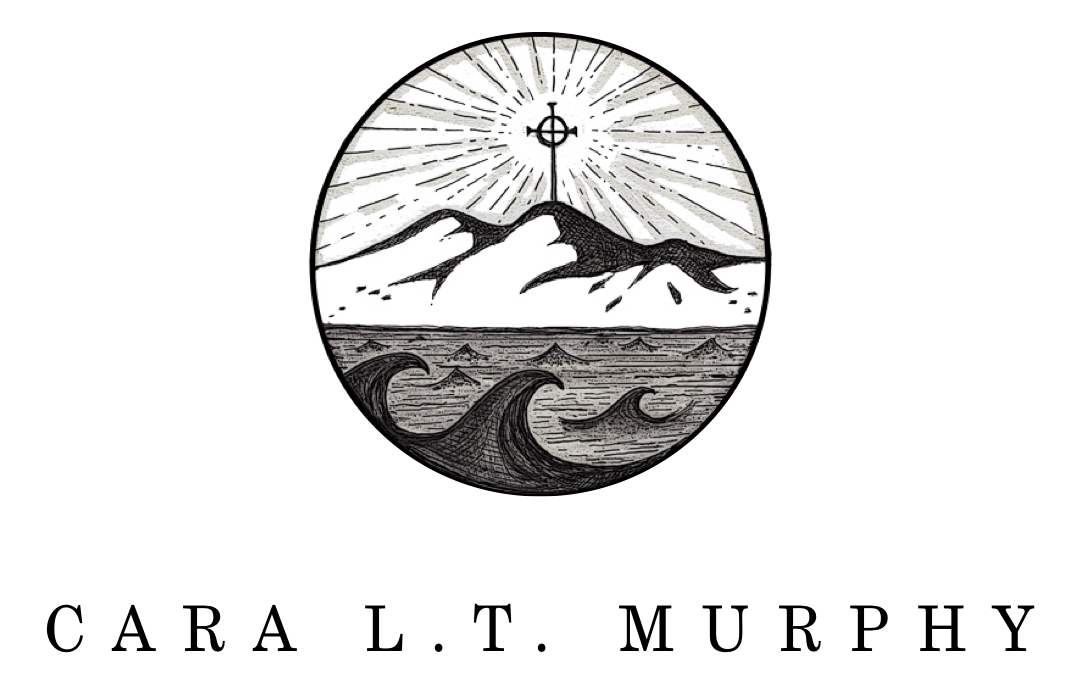The Cup of the Covenant
“Jesus ordered Peter, “Put back your sword. Do you think for a minute I’m not going to drink this cup the Father gave me?”
John 18:11
In traditional Jewish weddings, two cups of wine are offered: one for the bride, the other for the groom. They each drink from the individual cups. Then, trading goblets, the pair drink of the cup that belongs to the other. This ritual symbolizes the invitation of marriage—the mingling together, two lives as one. Drinking of each other’s cup is an integral part of the ceremony, as it is an acceptance of that invitation.[1]
This ritual has been mimicked by many cultures, spanning both globe and time periods. In Ireland, a couple is offered the “covenanting-cup,” used to join the man with his betrothed:
In Ireland, it was at the betrothal, instead of at the wedding, that the covenanting-cup—or the “agreement bottle” as it was called—was shared; and not unnaturally strong usquebaugh, or “water of life,” was there substituted for wine—as the representative of life-blood.[2]
The offering of cups was, in many ways, the climactic moment of the ceremony. To refuse the cup offered by the other would be an explicit rejection, a irreparable shunning of the proposal of oneness, the knitting together of bodies, hearts, and lives. The ceremony squelched, the young couple’s decision brought dishonor and shame upon themselves and their families. The mortified parents would send all wedding guests home with the presents they brought, quite confused and very unsatisfied. If, however, the bride and groom each took one another’s cup and drank from it, the whole party found both joy and relief. The nuptials advanced, and happily-ever-after floated into view for the future.
The partaking of another’s cup is a beautiful and mysterious picture of how interwoven two lives can become. It is an intimate gesture, speaking to the receiving of one another’s bodies and souls in the consummation of marriage.
Not all cups, however, bring joy.
There have been ancient cups offered that have promised pain in the drinking. We find one such moment in the fourth Gospel. In chapter 18, John writes,
Judas led the way to the garden, and the Roman soldiers and police sent by the high priests and Pharisees followed. They arrived there with lanterns and torches and swords. Jesus, knowing by now everything that was coming down on him, went out and met them” (John 18:2-4).
In the flickering light, Jesus knew this was no occasion of joy. He knew what they had come for, with their swords and clubs and hardened hearts. They had come for him. They had come to seize what he would lay down of his own free will: his very life. They had come to force what he had already offered.
But Peter had forgotten this. He reacted with bold ignorance, trying to save the Savior. Pulling out the sword at his side he had packed for just this treacherous possibility, he cut from the leader’s head the leader’s ear.
It all happened so quickly. He stood there in horror, not believing what he had done. A half an inch to the left, and he would have split the man’s head open like a ripe melon.
Jesus laid his hand on Peter’s arm and spoke stern words to him: “Put back your sword. Do you think for a minute I’m not going to drink this cup the Father gave Me?”
Jesus was the only One that night with the eyes to see what was truly happening. He was the only One that could see the cup being given him by his Father. With an overflow of passionate love, the Father was offering to his son this covenanting-cup.
In one great climactic moment, the choice stood before the Son of God:
To take and drink from the cup, signaling and sealing the mingling of his holy blood with the Father’s will. Or, he could refuse the cup, saving himself from the terror and suffering of the Cross, but dooming godless humanity to an eternity of love-lost.
The cup of wrath being offered to Jesus was also the wedding cup.
It was the wine of both wrath and love, mixed together in sacred potency, the swilling draught that only the Son of God could drain. The liquid swill symbolized the heavenly covenant that was taking place.
The whole of heaven and hell held its breath—would the Son drink of his Father’s cup?
By his death and resurrection, Jesus answered YES. Tossing back his holy head, Jesus accepted the everlasting covenant with his Father’s will as he drank to the very last the bitter dregs.
The beautify irony is that Jesus was the wine of the cup. “I am the Real Vine and my Father is the Farmer” (John 15:1). His blood was poured into the cup of wrath and love. As the Farmer, the Father crushed and squeezed the sacred wine from the Real Vine’s obedience, asking his beloved Son to drink of his own life-blood.
Jesus has answered his own question, unequivocally. “Shall I not drink the cup the Father gave Me?”
Yes, forever and ever he will drink the cup.
There will never be a moment he will refuse his Father. In perfect obedience, he seals our entry into the Kingdom of love, so that we can accept the invitation to drink the cup of joyful union with God.
[1] Henry Clay Trumball, The Blood Covenant, 199.
[2] Ibid
